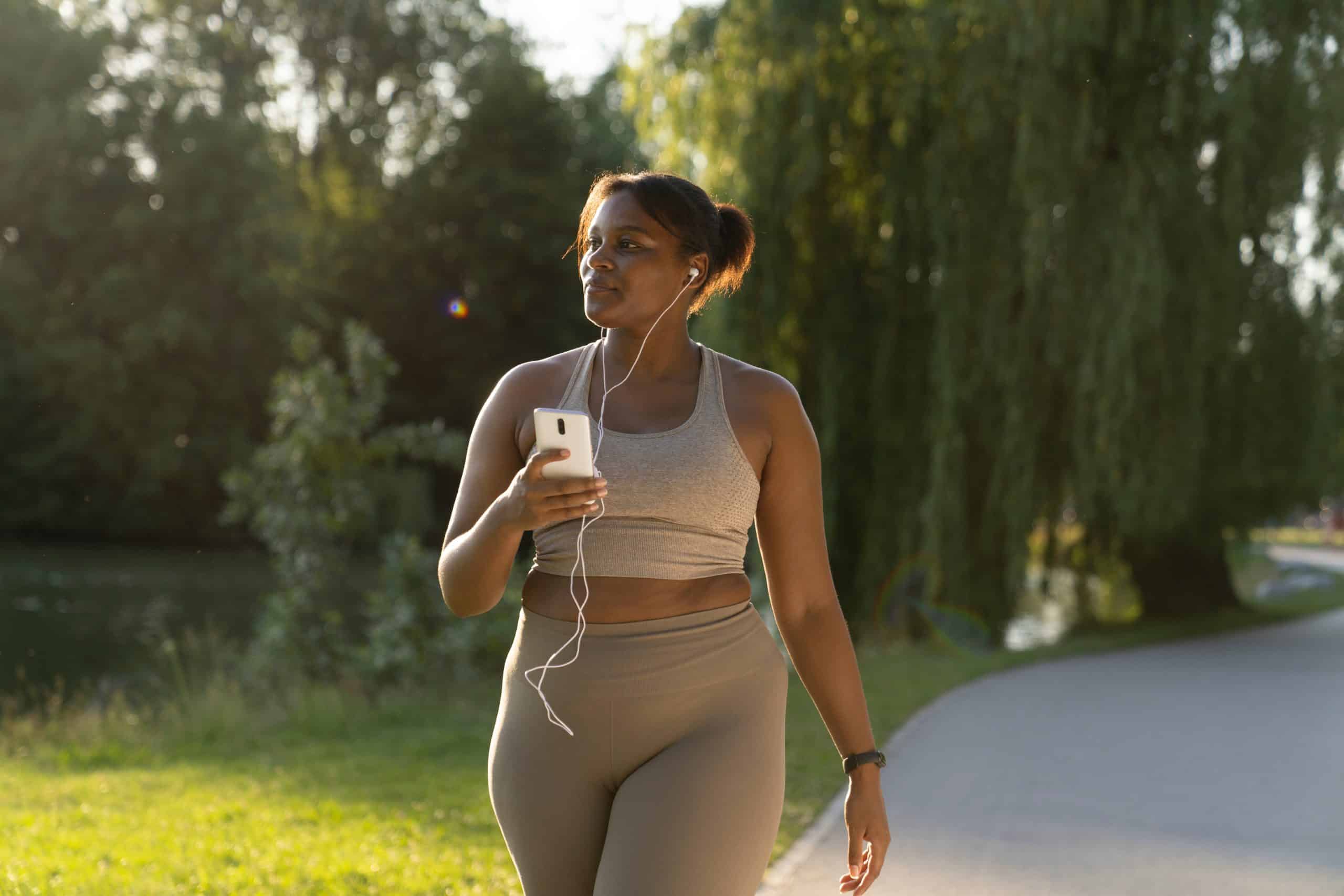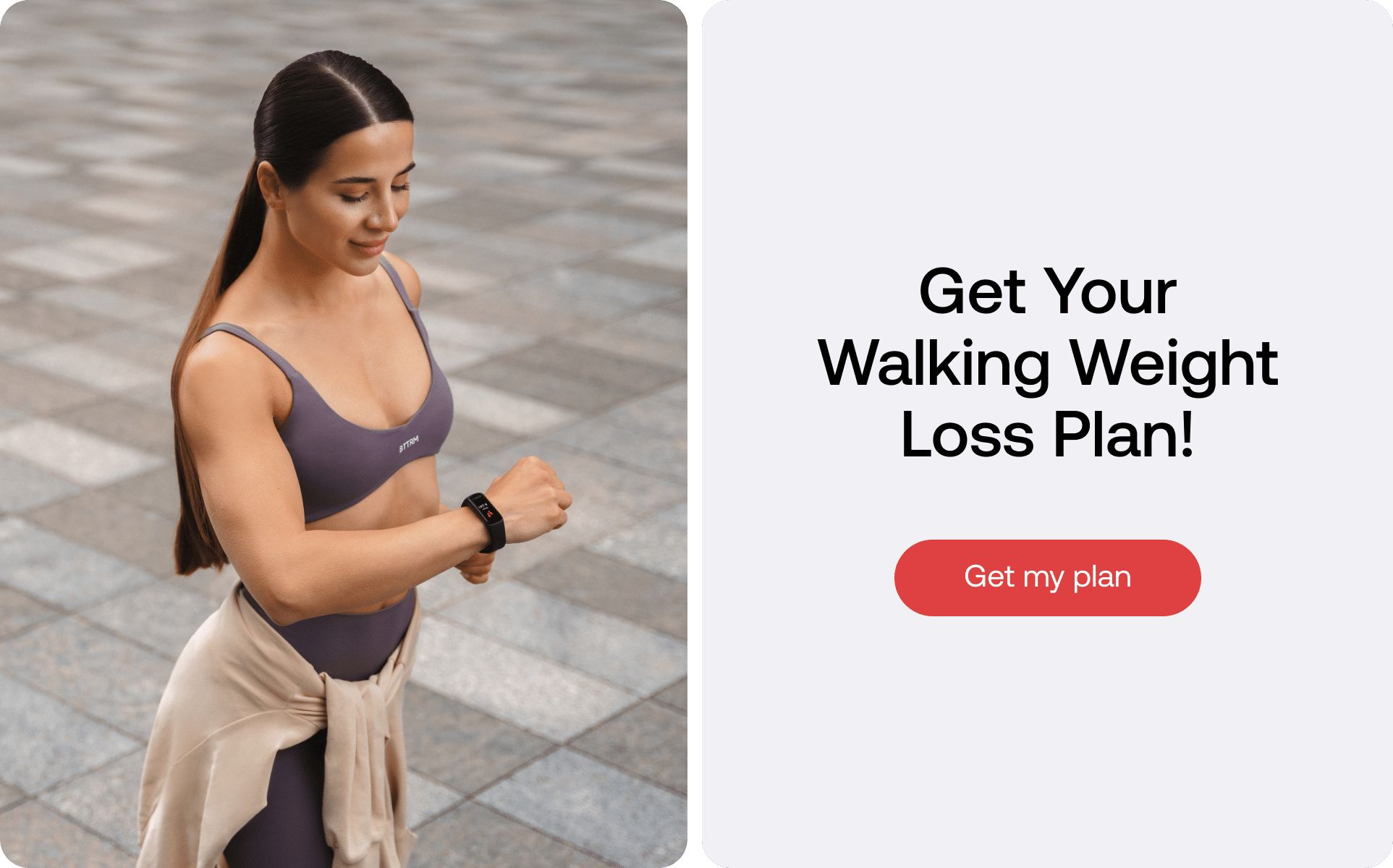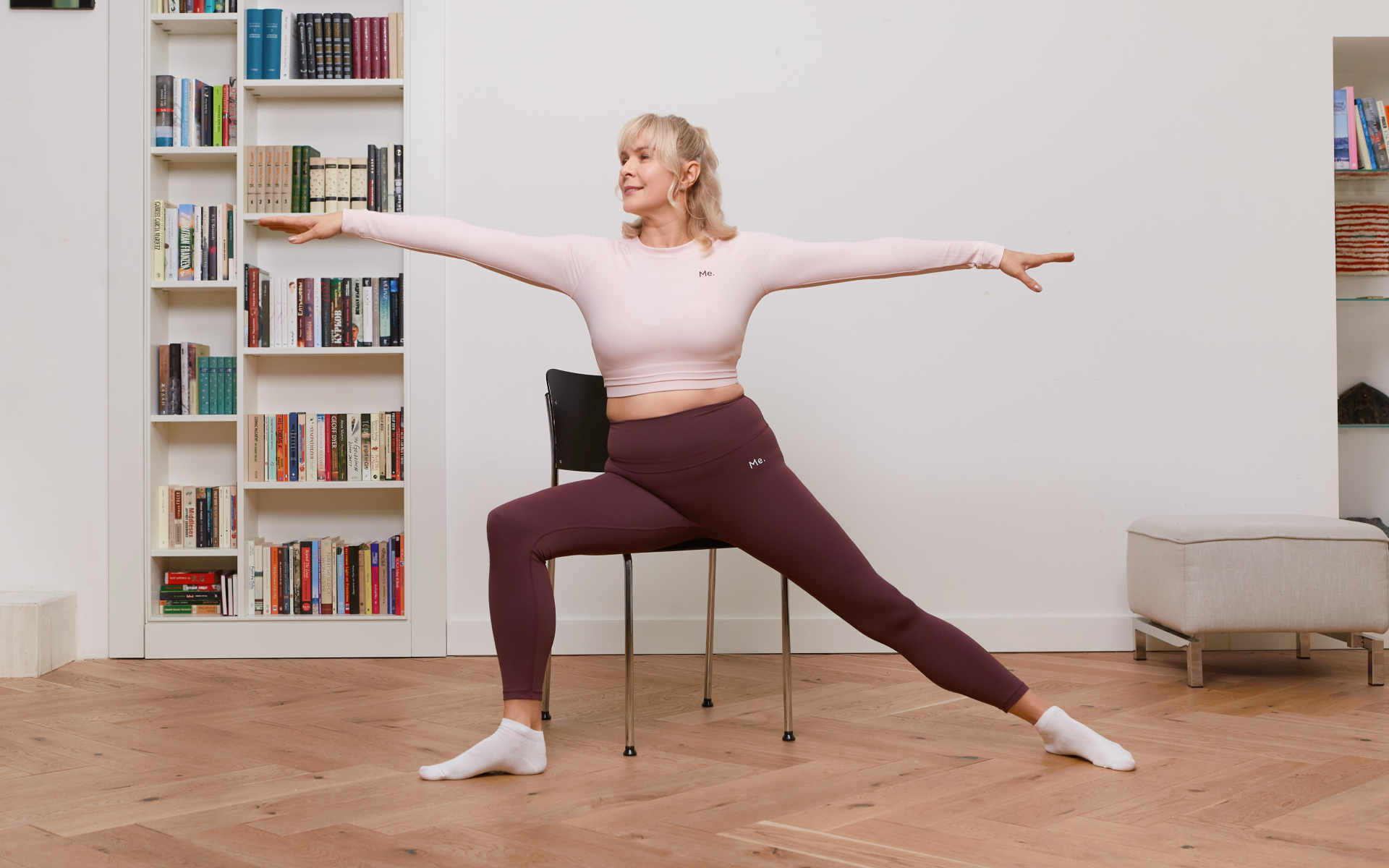Walking is an important life activity, but let’s face it, you probably have been underestimating its benefits. No surprise. Many consider vigorous sports more effective for weight loss and simple health improvement.
That said, brisk walking is a real tool for ramping up the condition of your health. Take note, good advice tells us that it should become an essential part of your wellness efforts.
Challenging yourself to longer walks is vital and will be invigorating. That’s why a vast pool of people have gotten into the practice of counting steps. A question often asked is, “How many miles or steps are enough?”
Simply put, every step you take is already a great step towards body and mental health transformation. Sometimes all you need to do is get outdoors and spare 10 minutes for walking. But, what would happen if you went longer, for example, 6 miles a day? It seems like it could be a boost for your fitness level, don’t you think?
Why should you start walking 6 miles a day today – please don’t treat this title as an obligatory tip for integrating it into your life. That’s not our goal.
Instead, what we desire is to unravel the main benefits of walking 6 miles a day and how much weight you might lose if you turn it into your daily habit.
Will walking 6 miles a day help you lose weight?
“How much weight could I lose if I walked 6 miles per day?” – this question has surely popped into the minds of some readers.
In a nutshell, walking is often an effective tool for losing weight and of course, 6 miles compared to 2 or 3 burns more calories.
Yet, you should understand the calories burned from walking 6 miles per day will differ from person to person, depending on numerous factors such as your genetics, height, weight, and body composition.. Other modifiable factors like your speed and the incline will also affect how many calories you shed on your walk.
Let’s look at the numbers in the scientific publications. According to Harvard Health Publishing,
- A 155-pound person who walks at a pace of 15 minutes per mile will likely burn around 500 calories on a 6-mile walk.
- A 185-pound person will cut about 600 calories walking at the same speed for 6 miles (3).
Keeping tabs on the burned calories is easier with a heart rate monitor or fitness watch.
People can also use a special pace calculator by entering their weight, pace, and minutes to calculate the distance walked and estimated calories burned.
Note that these numbers are approximate and do not consider gender, incline, or wind resistance factors.
On the other hand, walking and other physical activities are just some of the variables contributing to weight loss. Other selective factors affecting this process are:
- Your diet;
- The quality of your sleep;
- Your overall lifestyle;
- The presence of bad health habits.
Cultivating a good diet and more exercise in your life will help you match your weightloss goals. Diet, in fact, is vital for managing a healthy weight.
You need to prioritize whole, healthy foods. At each meal, fill your plate with plenty of veggies, which are rich in vitamins and an excellent source of fiber — a nutrient that regulates blood sugar, helping you feel satiated (7).
Carbs are also a big part of your diet and your attention should be glued to whole grains, like quinoa, brown rice, and oatmeal.
Protein should be present in your daily meals as well as this is a crucial component for your weight loss. It helps you retain muscle mass and keep your energy high (4). Seafood, lean meats and poultry, legumes, eggs, soy products, nuts, and seeds are products grata in your eating plan.
You should not forget to stay hydrated by drinking enough fluids before and after your walking routine or any other exercise. Water is the best way to replace lost fluids. But if you’re walking for more than 60 minutes, particularly if you lose a lot of sweat, then a sports drink or electrolyte replacement drink may be beneficial. Sports drinks help keep your electrolyte balance that is offset when you sweat. They can also aid in energy storage and replenishment due to their presence of carbohydrates (4).
Last but not least, aside from walking, implement other forms of exercise. Strength training is a vital component of a well rounded health and fitness routine, and is very effective at promoting weight loss, due to an increased basal metabolic rate (often referred to as simply “metabolism”) associated with increased muscle mass. This means you will burn more calories as you go about your day, even when you are not exercising!.
Resistance training just a few times per week will help enhance your muscle mass, improving your overall body composition and metabolism. If you’re not fascinated by the idea of lifting loads at the gym, no biggie, you can indulge in other activities that also bring results to the table. Here are just a few of the many options you have to stay active and healthy:
Walking each day, using additional exercise modalities, and maintaining a balanced and healthy diet will help you achieve your goals. Sustainability here matters a lot. If it’s hard to walk 6 miles daily, try to stroll once every two or three days for 1 to 2 miles and gradually move to daily longer practices.
Begin the process at manageable distances and frequencies, and build up gradually as your tolerance improves. You may start with 3 miles a day. In this case, Walking 3 Miles Calories will differ.
If you’re into much longer distances, for instance, 8 miles, your calorie expenditure will expectedly increase: Walking 8 Miles Calories. The longer the distances, the more prolific the results. However, make sure you’re building up slowly and gradually without putting too much stress on your body. A good rule of thumb is the 10% Rule: do not increase your weekly distance or pace by more than 10% a week.
Is 6 miles too far to walk?
This depends on the person’s fitness level – if you’re not used to walking long distances, starting with 6 miles may be quite challenging. Therefore, you can begin with short, manageable distances and escalate to longer distances once your body gets used to it.
People who have been consistently active for a longer period of time may not find 6 miles of walking challenging, and may even opt for longer distances.. All we need is practice. You don’t need to walk 6 miles a day for 30 days to turn it into a habit.
Some people might require one week or even a few days. It all depends on multiple individual factors.
If you’re dealing with certain health conditions, like heart disease or diabetes, or have orthopedic problems you should consult a doctor before attempting any exercise program.
Lean and toned up body isn’t just a far-fetched fantasy. Check out the BetterMe app and watch it propel your weight loss journey into high gear!
How many steps will I walk in 6 miles?
Walking 6 miles ultimately comes to about 12,000 steps, though this number is highly variable due to differences in stride length. This amount is a considerable accomplishment, considering that The Centers for Disease Control and Prevention (CDC) recommends taking 10,000 steps daily for healthy adults. The CDC states that daily step totals that are fewer than 5,000 steps per day for healthy individuals are typically classified as defining a sedentary lifestyle. The average American takes just 3,000-4,000 steps per day. (8).
However, focusing purely on the number of steps is not always effective. Researchers are now saying that the kind of steps you’re taking are as important as the amount (5).
Here are a few tactics to follow:
Start walking and count the steps
Cultivating a new habit of 6-miles per day of total walking necessitates proper desire and action. Start small by walking around the block or making loops within your house. Once you find that you can walk 2,000 steps, roughly one mile, then increase from there.
Speed Up
When you are just beginning a walking program, your pace is less important than your consistency. Even if you feel like you’re moving slowly, those steps can add up to significant improvements!
With that being said, you may desire to push yourself to move faster. Enhancing intensity helps you strengthen your cardiovascular system. A 2022 paper in the journal Nature showed that brisk walking may help lower rates of sleep apnea, diabetes, acid reflux, and hypertension (2).
Start by walking faster for 30 seconds to one minute at a time and increase the frequency and length of the intervals gradually over the course of weeks, months, or even years.
Walk yourself out
Connecting with nature and walking outdoors provides both physical and mental benefits. Pick the nearby park, or stroll around your neighborhood. Spending time in nature has proven mental health benefits: it can improve mental wellness by reducing stress and anxiety (9).
Walk uphill
As you start speeding up, consider heading up. You may opt to find hills to walk up to keep your heart rate up instead of pushing yourself to longer distances each time. Walking uphill backward is also another good option to target different muscles. Incorporating brisk hill walks into your walking routine is particularly beneficial if your goal is to integrate vigorous activity into your walking as opposed to staying at a moderate pace.
Read more: The 28-Day Indoor Walking Weight Loss Challenge Explained
Will walking 6 miles a day tone my legs?
As you turn the 6-mile walking into your daily routine, you will notice changes in your physique, especially your legs. Walking is one of the best exercises to tone your legs and abdominal muscles (1).
Walking is a free way to start shaping and toning your body at any time and day.
As you’ve walked for 6 miles daily for several weeks, this workout may become too easy for you, and progress may start to slow. This is regarded as a fitness plateau.
You can fight this problem by increasing the intensity – go up hills or challenge yourself by speeding up the pace. If you’re using a treadmill, you can increase the intensity by changing the incline. Adding extra intensity to your walking routine will speed up the results significantly.
What are the benefits of walking everyday?
It’s no rocket science that walking is an enjoyable process for those individuals who aren’t interested in vigorous training. Regular brisk walking is linked to an array of health benefits for your mental and physical health. You may:
- Maintain a healthy weight and trim the fat
- Improve cardiovascular health
- Strengthen your bones and muscles
- Prevent or manage various conditions, including stroke, heart disease, high blood pressure, cancer, and type 2 diabetes
- Boost muscle endurance
- Enhance your balance and coordination
- Ramp up energy levels
- Promote your mood, cognition, memory, and sleep
- Reduce stress and tension
- Strengthen the immune system (10).
Another benefit of walking is its accessibility to everyone: just think about it, you don’t need to buy a gym membership or any additional gear (besides a comfortable pair of shoes if you don’t already have them); you don’t have to boast some “major walking experience” behind your belt; you don’t necessarily need to plan your walking ahead of time – a spontaneous walk is welcome as well.
Besides, walking can be performed in versatile ways: you can join a hiking club, pair up with a friend, or lace up your shoes and trek your way to work. There is no pressure on you, any option is effective.
Basically, all you need for sure is a pair of comfy walking shoes and non-restrictive clothing to move freely at the pace that’s right for you.
Looking for a way to break the vicious cycle of weight loss and tone up all the jiggly parts? Watch the extra pounds fly off and your muscles firm up with the BetterMe app!
Is walking 6 miles a day considered moderate exercise?
The intensity classification of exercise is dictated by the percentage of your maximum heart rate at which you are performing that exercise. The American Heart Association classifies moderate exercise as 50-70% of your maximum heart rate.
As a general rule, your maximum heart rate is about 220 minus your age. For example, if you are 30 years old, your maximum heart rate is about 190 beats per minute. As with nearly everything in medicine, there is variability in your precise maximum heart rate number depending on many individual factors.
With that being said, whether or not walking any distance is considered moderate exercise is not determined by the distance you walk, but rather the intensity at which you walk that distance. You may walk 6 miles but none of it is considered moderate intensity exercise because your heart rate didn’t get up to at least 50% of your maximum.
However, most people will find that when they walk at a comfortable pace, their heart rate will fall into the 50-70% of maximum heart rate range, which will classify as moderate intensity exercise. The American Heart Association recommends adults engage in 150 minutes of moderate intensity aerobic activity per week (or 75 minutes of vigorous aerobic activity (70-85% of maximum heart rate)).
Read more: Walking Treadmill Workout: Exploring the 12-3-30 Routine for Fitness Advancement
FAQs
How much weight can you lose if you walk 6 miles a day?
According to Harvard Health Publishing, a 155-pound person walking at a pace of 15 minutes per mile will burn about 500 calories on a 6-mile walk, while a 185-pound person will burn about 600 calories walking 6 miles at the same speed. These figures are helpful for understanding the caloric expenditure during exercise, but the amount of weight you lose or not lose is really dependent on calories in vs calories burned.
Walking and other physical activity is just one component of overall health and weight loss.
How many miles should I walk a day to lose weight?
Walking any amount will help you shed some extra calories. The more activity you perform, the more calories you will burn. Additionally, increasing pace, going up hills, and walking on softer surfaces will increase calorie expenditure. Remember that exercise is only one part of the equation when it comes to weight loss, and that your diet and daily health habits are just as important.
Is 6 miles good for weight loss?
Walking for 6 miles a day may be an effective component of your overall weight loss goal. Ramping up the pace and walking up the hills will increase your chances of shedding more calories. It’s advantageous for you to combine walking with strength training and other moderate and vigorous workouts.
Additionally, you should follow the right diet that consists of veggies, whole grains, lean meat, legumes, and seafood. Enjoying regular sleep and hydration also play a crucial role in shaping up.
Will I lose belly fat if I walk 5 miles a day?
You can’t spot-reduce fat. However, walking helps burn calories which, when paired with a balanced diet and a caloric deficit, will assist in fat loss throughout your body (including your belly). The key is staying consistent, eating healthily, and mixing walking with other types of exercises.
The Bottom Line
This article covered the answers to the main question – Should you start walking 6 miles a day today?
You have learned that walking 6 miles a day can result in both physical and mental improvement: you may get in better shape, improve your mood, prevent or manage various health conditions, improve your energy levels and coordination, and strengthen the immune system.
Walking for 6 miles may be a goal for some, but is not a magic number. Incorporating any amount of walking and other daily physical activity into your routine, while focusing on the other facets of health will almost certainly provide positive results.. Reaping the main benefits of walking is possible through various hacks: changing the pace, going uphill, and walking outdoors.
Start slow and short and ease into faster paces and longer distances as you improve.
Overall, walking is an excellent activity for everyone who wants to stay healthy and tone up a bit. It can be used on its own or as a compliment to your vigorous workouts.
DISCLAIMER:
This article is intended for general informational purposes only and does not serve to address individual circumstances. It is not a substitute for professional advice or help and should not be relied on for making any kind of decision-making. Any action taken as a direct or indirect result of the information in this article is entirely at your own risk and is your sole responsibility.
BetterMe, its content staff, and its medical advisors accept no responsibility for inaccuracies, errors, misstatements, inconsistencies, or omissions and specifically disclaim any liability, loss or risk, personal, professional or otherwise, which may be incurred as a consequence, directly or indirectly, of the use and/or application of any content.
You should always seek the advice of your physician or other qualified health provider with any questions you may have regarding a medical condition or your specific situation. Never disregard professional medical advice or delay seeking it because of BetterMe content. If you suspect or think you may have a medical emergency, call your doctor.
SOURCES:
- 12 Benefits of Walking (arthritis.org)
- Association of step counts over time with the risk of chronic disease in the All of Us Research Program (2022, nature.com)
- Calories burned in 30 minutes for people of three different weights (2021, health.harvard.edu)
- Eating and exercise: 5 tips to maximize your workouts (2023, mayoclinic.org)
- Effect of Brisk Walking on Health-Related Physical Fitness Balance and Life Satisfaction Among the Elderly: A Systematic Review (2023, frontiersin.org)
- Examples of Moderate and Vigorous Physical Activity (hsph.harvard.edu)
- Fiber (2020, eatright.org)
- Lifestyle Coach Facilitation Guide: Post-Core (cdc.gov)
- Walking Green: Developing an Evidence Base for Nature Prescriptions (2019, ncbi.nlm.nih.gov)
- Walking: Trim your waistline, improve your health (2024, mayoclinic.org)











